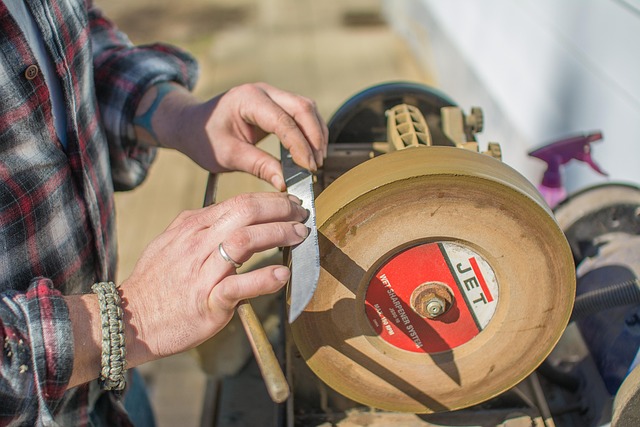In the world of photography, the quest for optical clarity is a never-ending journey. Every photographer, whether a seasoned professional or a dedicated amateur, knows that capturing the perfect image goes beyond mere camera settings. One of the most essential elements that can make or break a photograph is the technique of sharpening.
Sharpening, at its core, is all about enhancing the details in your images. It’s the process that transforms a soft, dreamy shot into a crisp and impactful visual narrative. Imagine standing at the edge of a breathtaking landscape, camera in hand, and as you click the shutter, your heart races with anticipation. Yet, when you review the photo later, disappointment sets in because the image lacks that intriguing sharpness and clarity. This is where mastering the art of sharpening becomes crucial.
Understanding how optics work in your camera can greatly influence your ability to sharpen an image effectively. Different lenses have unique characteristics that can affect the sharpness of the final photograph. For instance, a prime lens often produces crisper images compared to a zoom lens, especially at their widest apertures. Knowing your equipment is half the battle; the other half is honing your sharpening technique.
As photographers, we must embrace the digital tools at our disposal. Software like Adobe Photoshop and Lightroom offer a plethora of options to refine sharpness post-capture. When sharpening an image, it’s essential to take a balanced approach. Too much sharpening can create unnatural halos, while too little can leave your photo feeling flat. Finding the right level of sharpening is akin to finding the perfect exposure; it requires experimentation, a keen eye, and a sensitivity to the overall composition of your image.
Light plays a significant role in photography, and it can dramatically affect how sharp an image appears. Soft, diffused light may require a different sharpening technique than the harsh, direct sunlight. Understanding these nuances can empower you to make more informed decisions before and after pressing the shutter button.
Don’t forget about the importance of depth of field. By controlling the aperture, you can influence how much of your image is in focus, and thus, how much sharpening is needed. A shallow depth of field can create beautiful bokeh effects, but if the subject is not sharply focused, even the most enchanting background can fall flat.
Finally, remember that sharpening is not just a technical process; it is an emotional one. The images we create often embody our vision, our experiences, and the stories we wish to tell. Each sharpened photograph is a testament to our growth and passion as artists. So, embrace the journey of mastering sharpening – it’s an essential skill that will empower your creative expression and elevate your photographs to new heights.



